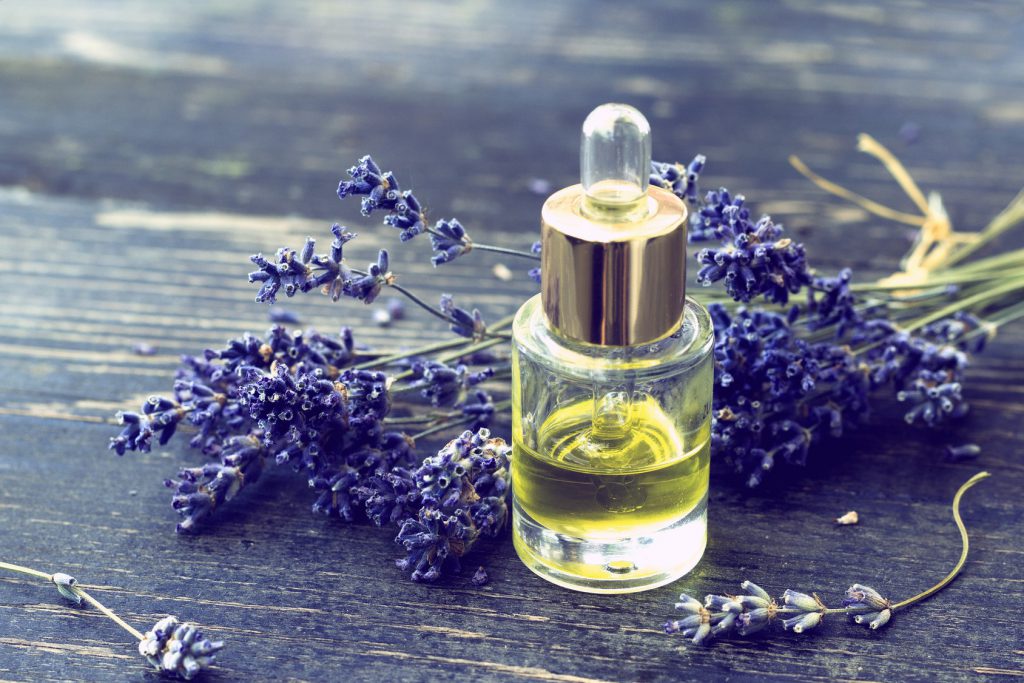Hydrosols moisturise the skin, soothe and nourish it. They can be used instead of face toners or mixed with oil, serum or hyaluronic gel. What is floral water and what are its properties? How to choose an appropriate hydrosol so that it suits oily or sensitive skin?
What is hydrosol?
Hydrosol is floral or vegetable water, but not toilet water with which it tends to be confused (toilet water is a form of perfume). Hydrosol is a by-product of the process of making essential oils. In steam distillation, the water-insoluble particles of the essential oil are absorbed and separated after cooling. The remaining water with plant particles and small (0.02-0.5%) amount of essential oil is called a hydrosol.
Hydrosol – properties
Hydrosol should be selected strictly to the type and condition of the skin. The most famous one is extracted from damask rose and is especially recommended for dry skin. Thanks to the addition of anthocyanins and gallic acid, rose water has antioxidant and cleansing properties and also strengthens the blood vessels. You can use it instead of face toner or soak a cotton pad with it and keep on your eyelid for 10 minutes. Such a compress reduces dark circles under the eyes.
In turn, orange hydrosol is obtained from sweet orange flowers. It is rich in hesperidin with antioxidant and strengthening properties and in natural betaine which strongly moisturises. Orange hydrosol firms the mature skin and adds shine to the tired and gray one. In addition, it moisturises, gently tones and strengthens the blood vessels. For this reason, it is recommended in the case of dilated blood vessels.
How to use hydrosol?
Although hydrosol has a finer smell than the essential oil from which it is produced, their scent may be completely different from each other. If you don’t want to be surprised in this matter, you should buy a small bottle of hydrosol at first. If you use it instead of the toner, you should spray it onto the face, neck and cleavage in the morning and evening. Wait a moment until the water is absorbed and rub the excess with a cotton pad.
In the case of allergic skin, it is good to dilute the hydrosol with water in a 1:1 ratio.
Hydrosol for oily skin
The best for oily skin is Witch hazel hydrosol obtained from witch hazel leaf extract. This hydrosol cleanses and shrink pores, reduces the secretion of sebum and improves blood circulation – this is due to the tannins contained in the plant. In addition, witch hazel hydrosol shrinks the blood vessels which is why it works well in the case of couperose skin.
Lavender hydrosol, obtained from fresh or dry lavender herbs or flowers, contains rosmarinic acid, ursolic acid and tannins. It is especially recommended for the skin prone to inflammation and overproduction of sebum. Lavender hydrosol effectively refreshes the skin, improves its tone making it shiny and elastic.
Hydrosol or sensitive skin
Appropriately selected hydrosol prevents flaking, burning and skin irritation. Rose water reduces redness and improves the general condition of the skin. Lavender hydrosol has anti-inflammatory properties, soothes irritations and regenerates damage. Cornflower water is rich in mineral salts and polyphenols, thanks to which it soothes irritations. Witch hazel water can be used as a body lotion used to cure sunburns.


















Leave a Reply